Dinesh Kumar Thapaliya is Secretary at the Ministry of Tourism and Civil Aviation. He is also the ex-officio Chairman of Nepal Airlines Corporation, Nepal’s national flag carrier. Onlinekhbar recently talked to Thapaliya about the present situation of the tourism industry, and his plans for Nepal’s flag carrier.
You have been observing the tourism sector in Nepal closely. How would you evaluate where the industry stands today?
Nepal’s tourism has always been badly affected by natural as well as human-made disasters. As a result of the prolonged conflict, political instability, strikes and demonstrations, the industry could not flourish. In addition, the industry is now coming to terms with the effects of the earthquake as well as the blockade.
I believe that the industry has declined by around 35-40 per cent compared to last year.
How much time will it take for the industry to come back on track?
We have three concrete tourism promotion plans. The first is preservation of important archaeological sites, second is promotion of tourism, and the third reform in the aviation industry. The ministry is taking these three factors into account to devise a reform plan.
You can rest assured that the situation that we are in right now is not going to be the same forever. Despite the gloomy scenario, we have seen some positive signs for the industry. Tourists are still coming to Nepal. If you look at 2010-2015 figures, the number of Chinese tourists coming to Nepal has risen steadily. We have recently decided to waive visa fees for Chinese tourists, who want to visit Nepal. The Chinese government has also withdrawn its travel advisory, which warned Chinese tourists not to go to Nepal.
Our second market for tourists is India. Although we are witnessing some problems in this sector, we are confident that when the problem is resolved, the number of Indian tourists coming to Nepal will increase. As we all know, Indians are coming to Nepal for weddings, spending their holiday, and for recreation. Tourists, who come for recreation, spend the most.
The number of arrivals from Europe and the US, our traditional markets, is also picking up. Although 2015 was not a good year for Nepal’s tourism, I am certain that the new season, which is to begin soon, will set a positive tone for all of us.
Do you have any concrete plans to revive the industry?
Yes, we do. In fact, we are already implementing some of our plans.
We have three concrete plans. The first is preservation of important archaeological sites, second is promotion of tourism, and the third reform in the aviation industry. The ministry is taking these three factors into account to devise a reform plan.
Although 2015 was not a good year for Nepal’s tourism, I am certain that the new season, which is to begin soon, will set a positive tone for all of us.
There are a lot of challenges, but we are preparing some important and impactful programmes to revive the industry. We are talking to our embassies and missions abroad, as well as foreign missions here in Nepal. We are discussing with them ways to encourage people to come to Nepal.
We are in touch with non-residential Nepalis and their representatives in 71 countries. We will soon establish focal points in countries where we have an NRN community.
We are preparing to observe the upcoming Budhha Jayanati in a big way. This will be a part of our efforts to promote Nepal as part of the ‘Buddha Circuit’ so that tourists associate Nepal with Budhha, and come here to visit pilgrimages related to Buddhism.
We are also going to allow mountaineers and trekkers, who had to abandon their plans because of the quakes, to come back to Nepal; we will waive the fees they have to pay to the government as royalty.
All these things will certainly send a positive message to tourists. In addition, the private sector and Nepal Tourism Board are also preparing plans to promote tourism.
The narrow-body planes could fly to different destinations in China. All this will help bring down the price of air tickets.
We are hopeful that the industry will fully recover by the Nepali New Year, and it will register some gains during October. This is what we can say, looking at the trend right now.
You said the ministry’s focus is on three areas. Could you tell us how you are approaching each of the areas you mentioned?
Your short-term aim is to increase the number of tourists, and the number of days they spend in Nepal. We should not differentiate tourists based on their nationality or colour. We need tourists, who spend more and stay in Nepal for a long time.
For this, Nepal Tourism Board will have to come up with a white paper. It should tell the people what the board has done, and what it plans to do. The white paper should set certain targets for the industry.
Meanwhile, the ministry is preparing plans to promote both internal and international tourism. We know that the number of internal tourists can also be increased if tourism business stakeholders prepare packages suitable for internal tourists.
Talking about the aviation industry, all of us know that Nepal has become an expensive destination to fly to for international travellers. Flying has become expensive on domestic routes as well. We have told NOC not to treat ATF as a ‘luxury’ commodity, and to bring down its price.
The other reason flying to Nepal is expensive is because there are only a few carriers that fly to Nepal. There is a pressing need to diversify our air service agreements, and at the same time make our flag carrier more competitive.
How are you planning to make NAC more competitive?
We are going to procure two wide-body and two narrow-body planes in the near future. After the wide-body planes arrive, NAC will fly to Korea, Japan, and even the UK. We could also fly to Australia.
The narrow-body planes could fly to different destinations in China. All this will help bring down the price of air tickets.
Will NAC also operate helicopter services?
The number of internal tourists can also be increased if tourism industry stakeholders prepare packages suitable for internal tourists.
Although in the airline industry they say that a carrier should focus only on one sector, NAC is exploring the possibility of running helicopter services as well. We want to do this because chopper services have become expensive, and many people, especially those in need of medical attention, cannot afford it. Our plan is to have helipads in major cities across the country. We want to do this also to aid the reconstruction work. There are places where the only way aid can reach people is by air.
How many helicopters are we talking about?
I think we need around 4-5 helicopters for now.
Could you tell us in what position will NAC be by 2020. How many planes will it have in its fleet?
By 2020, we would have procured 10-12 more aircraft (including helicopters). Here’s how we will do it: By 2016, we will have two wide-body planes; we would also have finalised a deal with China regarding two China-made planes. We will procure 4-5 helicopters the same year. In 2017, we will procure two narrow-body planes. In 2018, we will buy planes to fly to remote areas.
Let me assure you that whatever NAC’s decision-making process will be transparent. We will listen to everyone.
Whenever we talk about aviation in Nepal, we talk about the need to have better airport facilities. What is the ministry doing in this regard?
We are upgrading TIA. We are experiencing some difficulties because of the contractor involved. The issue will be resolved soon. Work at the Bhairahawa airport is going on at an encouraging speed. Most probably, it will be complete on time.
We will soon sign an agreement to start the construction of Pokhara airport. I would also like to tell you that we will finalise four important things related to second international airport within this fiscal. We will finish distributing compensation for the land acquired for the project, the people living there will be resettled, the entire area will be fenced, and we will finalise what modality to adopt for the construction and operation of the airport.
We always say that tourism is one of the mainstays of Nepal’s economy. But its contribution to the GDP is less than four per cent. When do you think will it be double-digit?
I think the figures do not necessarily reflect the reality. It should be more. If we could implement all of our plans, by 2020 we will be able to welcome two million tourists each year to Nepal, and increase the contribution of the sector to the GDP to up to 10 per cent, and increase the average length of stay of a tourist to around 16 days.


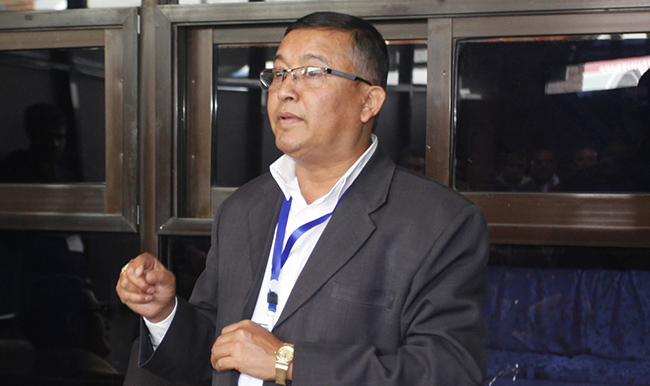







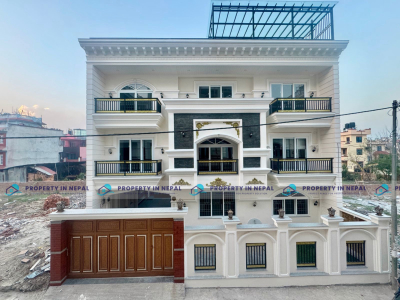
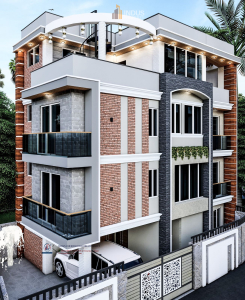
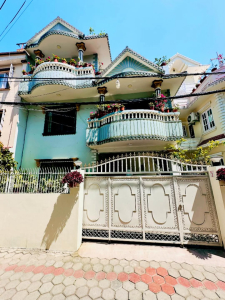
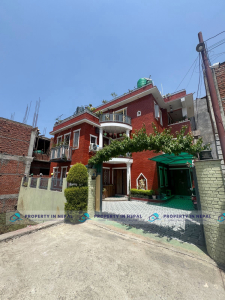
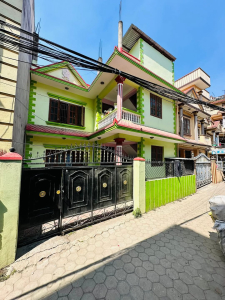
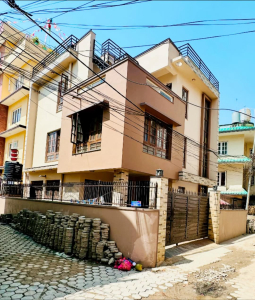
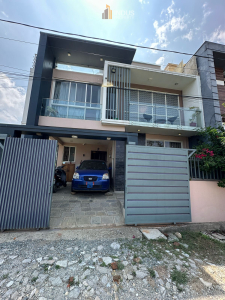
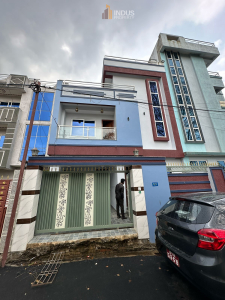
.png)
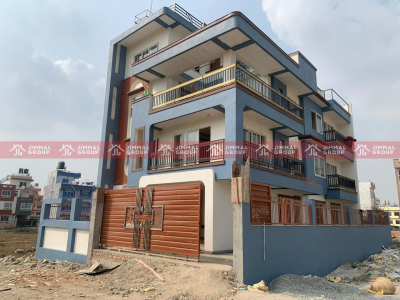
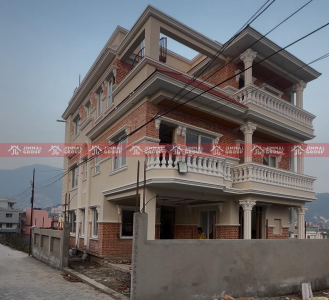
.png)
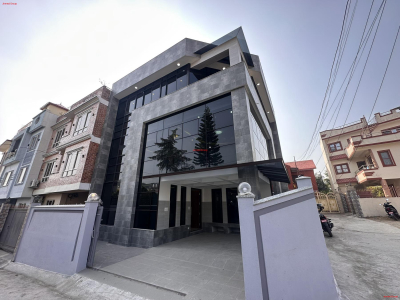

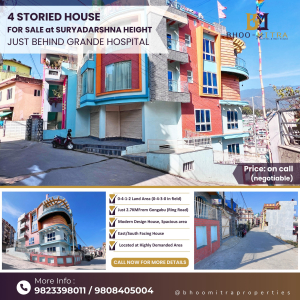
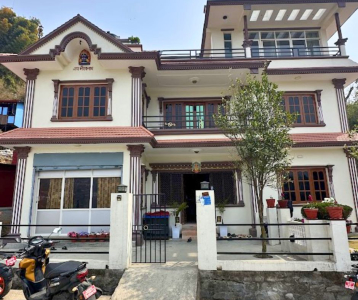
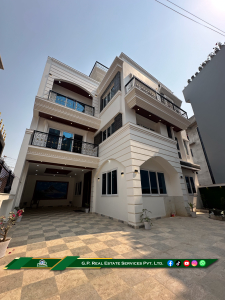
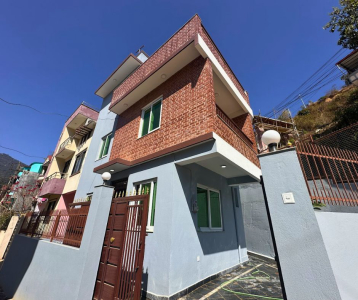

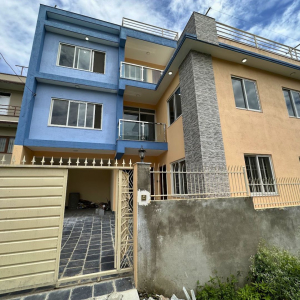
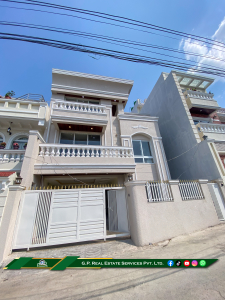
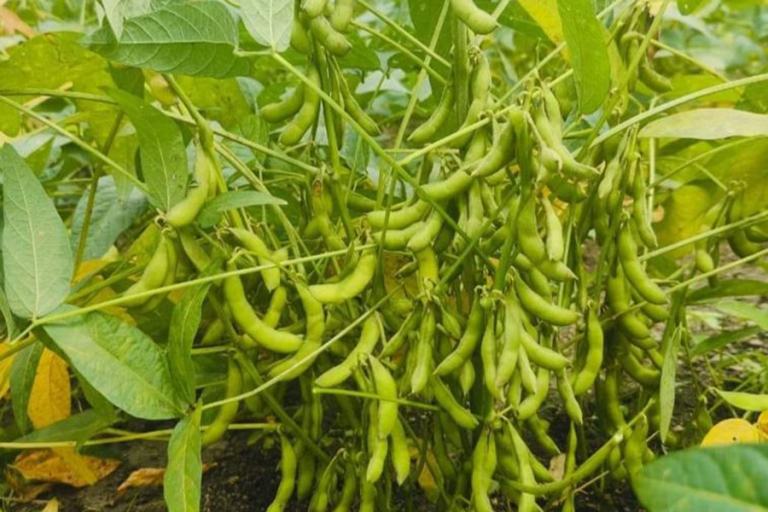
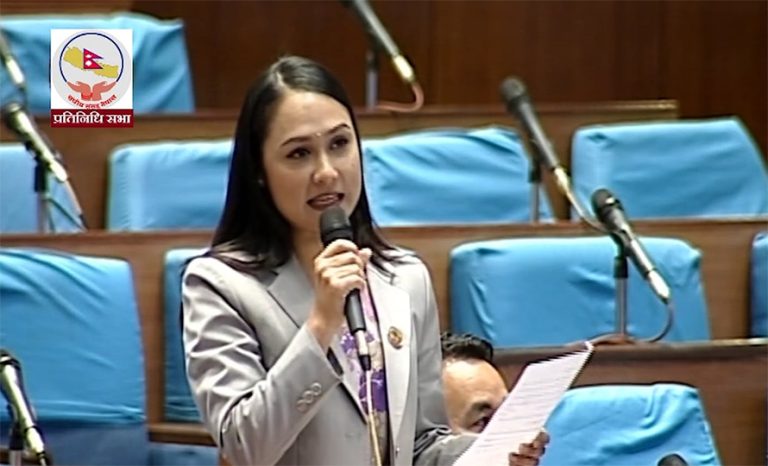
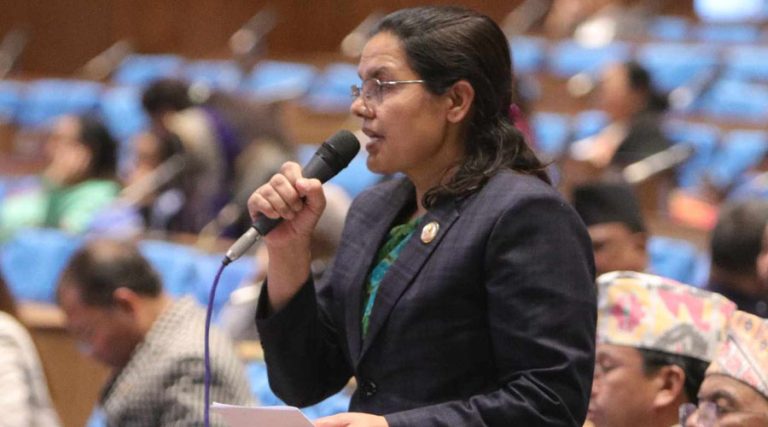
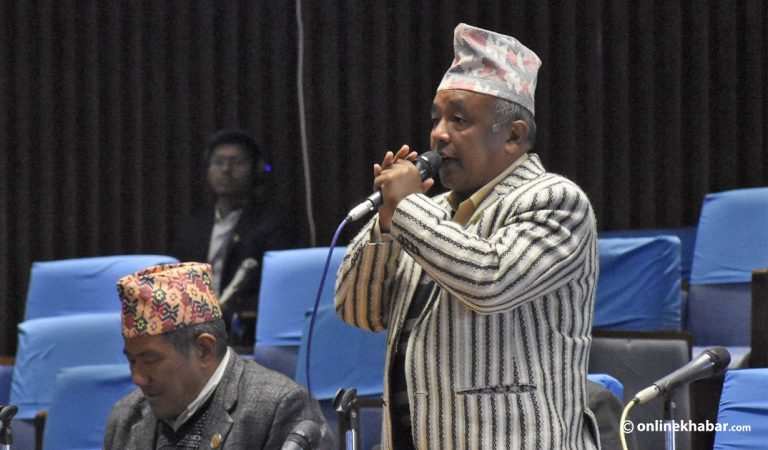
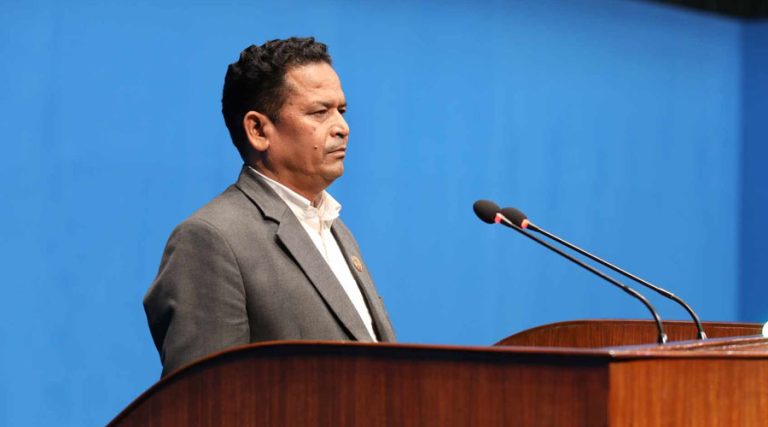

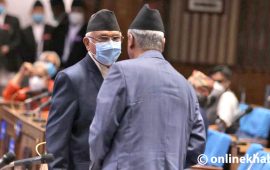
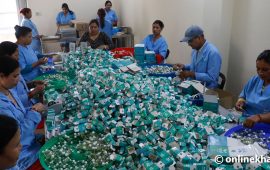
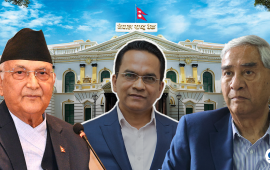
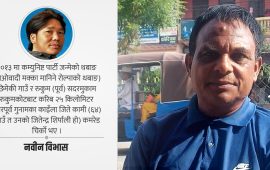
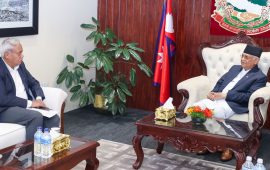
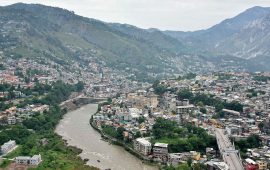
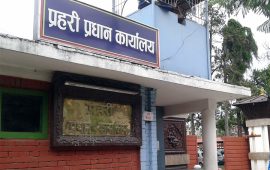



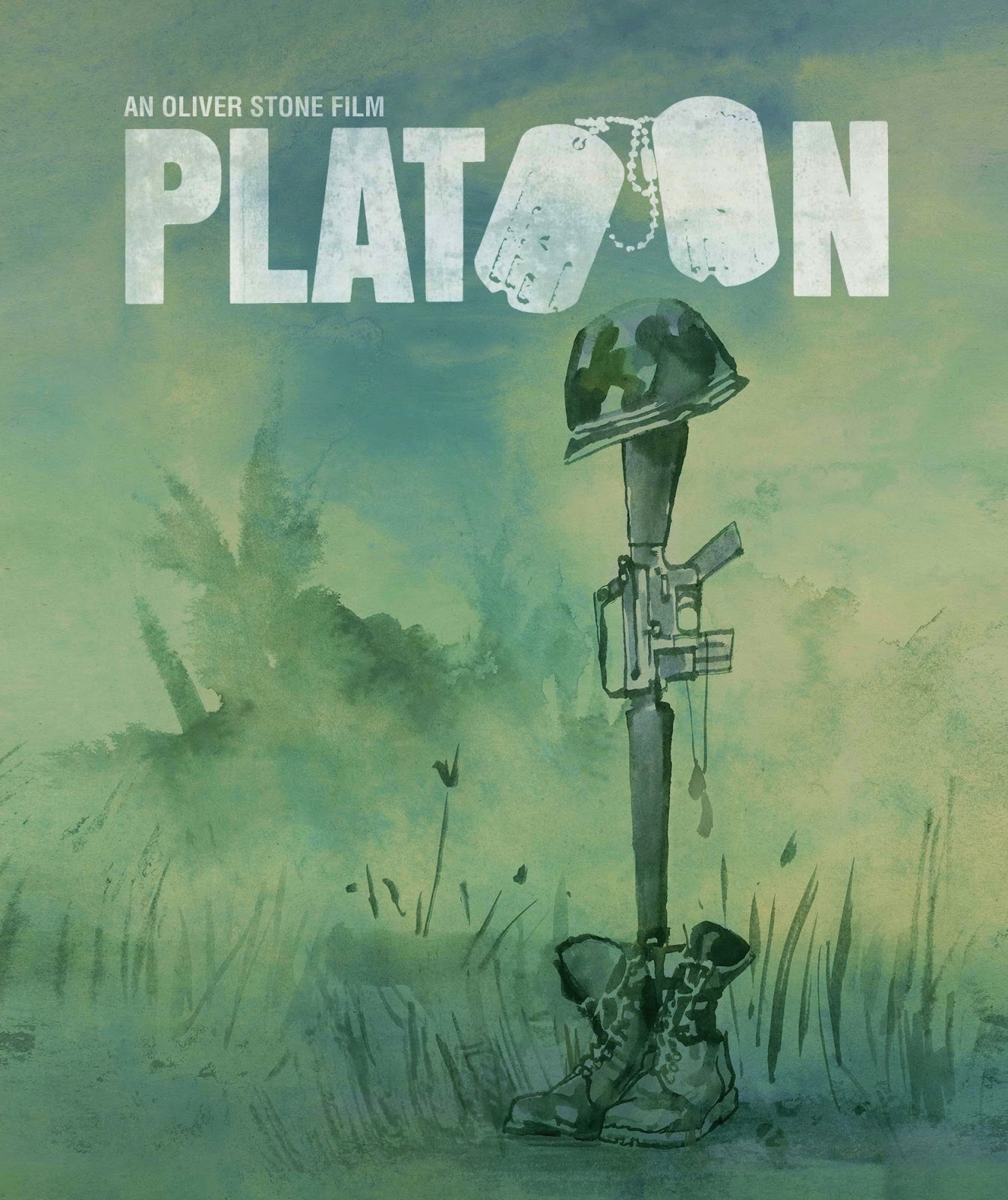



प्रतिक्रिया 4